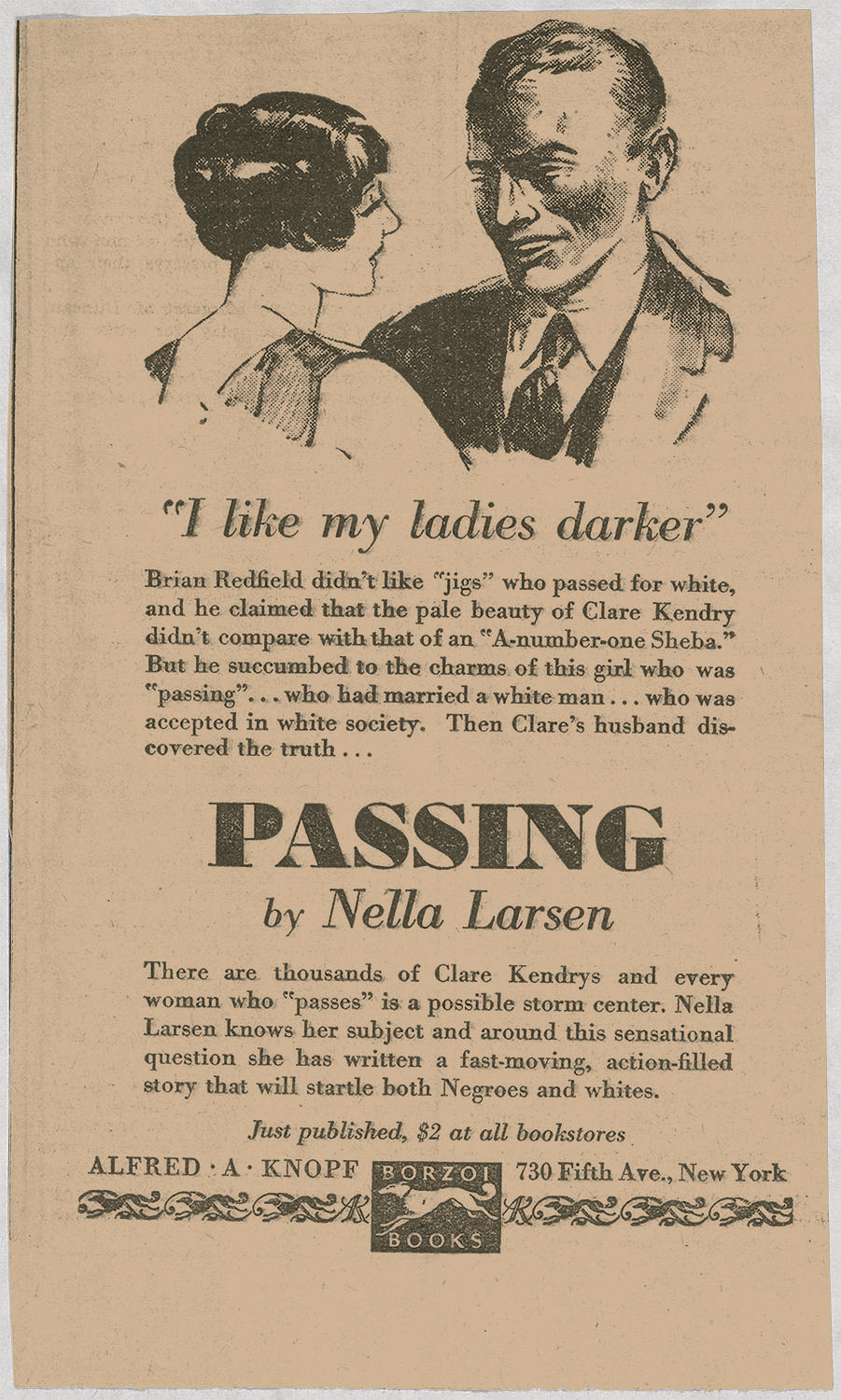The Lazy Storytelling of ‘Black or White’: Love and Justice Are Not ColorblindPosted in Articles, Book/Video Reviews, Media Archive, Religion, United States on 2015-02-12 03:23Z by Steven |
The Lazy Storytelling of ‘Black or White’: Love and Justice Are Not Colorblind
Christ and Pop Culture (CAPC)
2015-02-11
I was at a writing retreat once where a bunch of us gathered together to talk about how to write well about social justice issues in our world. A young singer-songwriter with a folksy vibe came and played a set for us. He introduced a song as inspired by how sad he was at the racial divide of the city, and how it seemed that white folks and blacks folks didn’t get along. He launched into a song, the chorus going something like this: we used to sing so beautifully together/perhaps one day we’ll sing together again.
After he was done singing, one of my fellow writers—the only black man in our cohort, who also happened to live in North Carolina—asked the singer-songwriter to elaborate on the interactions that inspired the song. The singer stumbled over his words and told a few stories of interacting with African-American folks who to his perception seemed less-than-friendly to white folks. We all sat quietly as he shared his perspective, and later debriefed about that particular song. Why did it make us all feel so uncomfortable? Jonathan Wilson-Hartgrove, the leader of our group (a man who has been involved in racial reconciliation work for decades now) leaned forward and in his southern drawl poignantly identified the trouble. What I want to know is this: and just when, exactly, did we ever all sing together?…
…The recent release starring Kevin Costner, Black or White, is uncomfortable in the exact same way. Ostensibly this is a movie which dares to look at race issues: Costner is a white grandfather parenting his bi-racial granddaughter who becomes entangled in a custody battle by the black father and his extended family. By turns a tragedy, a comedy, a courtroom drama, with a dash of heart-warming family film. Costner plays Elliot Anderson, a wealthy alcoholic lawyer reeling from the sudden death of his wife. Octavia Spencer plays Rowena, the paternal grandmother of Eloise, the girl in Elliot’s sole care. Rowena (Grandma “Wee Wee”) and the extended family she takes care of live in Compton; Elliot lives somewhere else—a better part of LA, we shall say. Rowena and the family want to see more of Eloise but Elliot resists. In exasperation, they retain Rowena’s younger brother, a lawyer, to sue Elliot for full custody of the child. Reggie, the birth dad, shows up halfway through the movie, adding emotional intrigue. The audience is left wondering at the motivations of Reggie, who is introduced as a crack-addict and absentee father (“you’re a stereotype, Reggie—you ruin it for all of us”—his uncle tells him).
The themes explored are certainly worthy of a full-length movie. Eloise and her biracial identity, the way economics affects both parenting and legal procedures, the stereotypes we put onto one another, how certain addictions are more culturally acceptable—these are all fascinating and could prove to be invaluable insights into the pulse of a nation that is currently struggling with racial injustice and unrest. But Black or White addresses all of these issues in both a superficial and strangely maudlin way—so much emotion, but so little truth behind it…
Read the entire article here.

